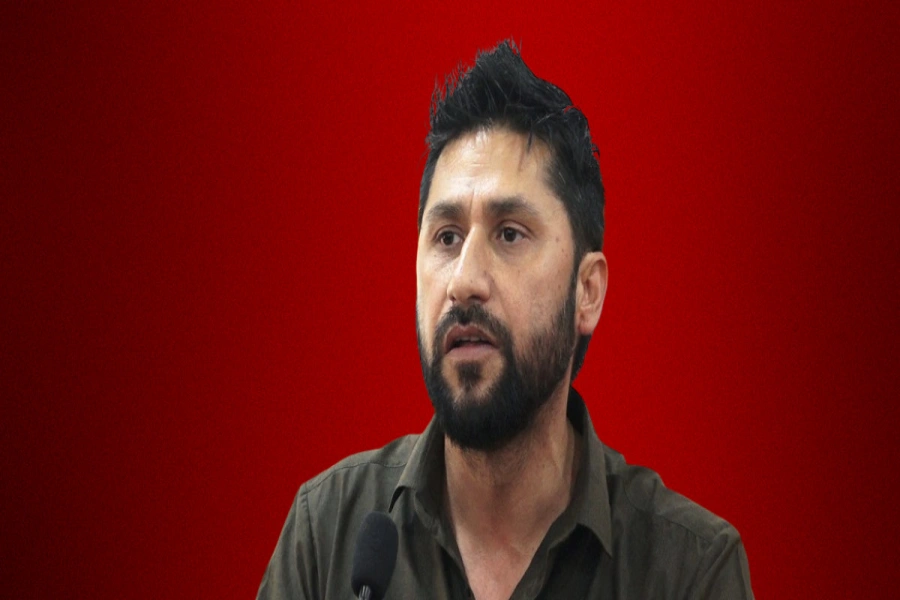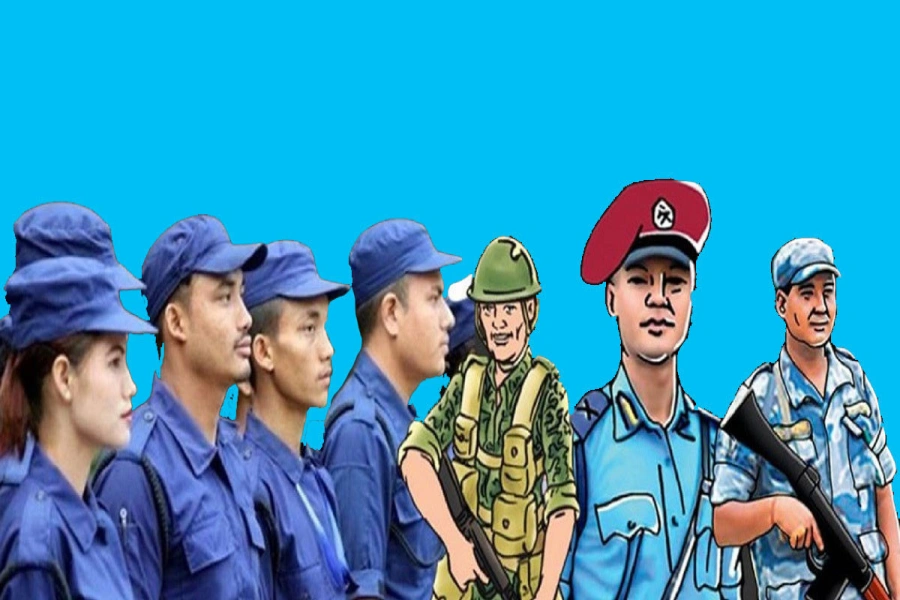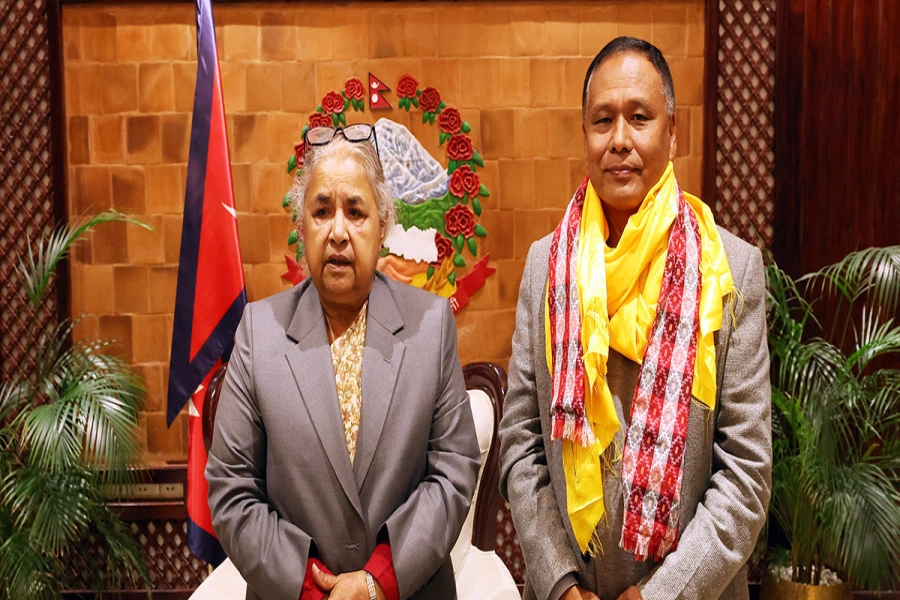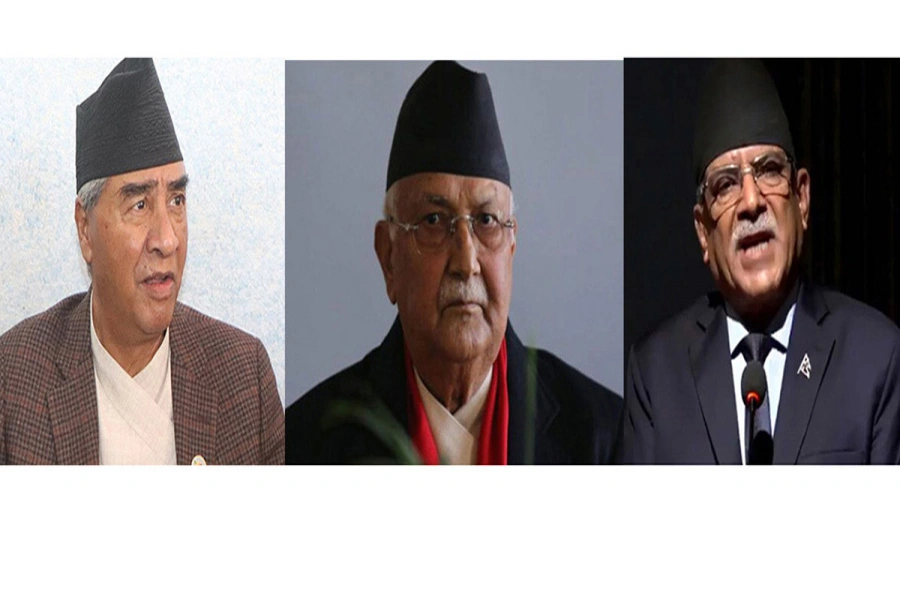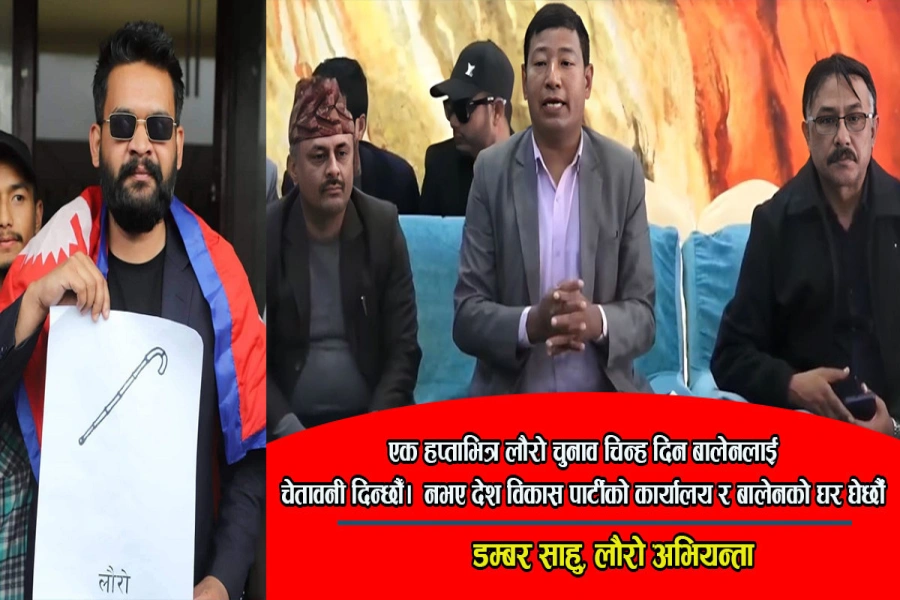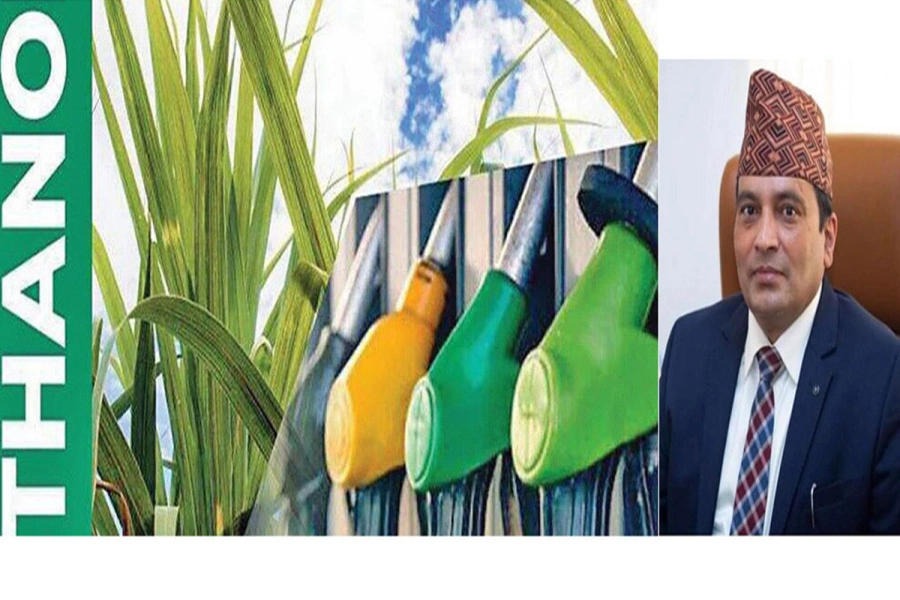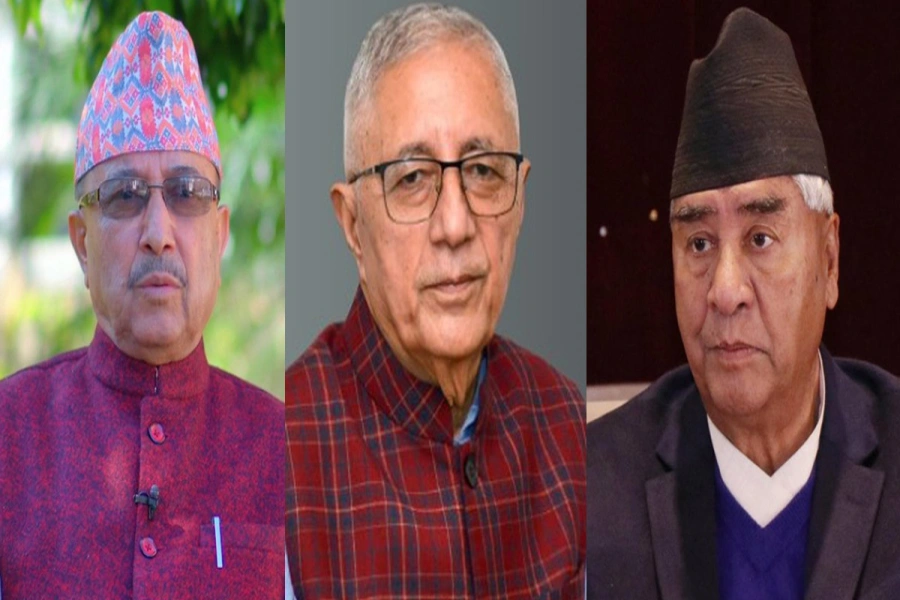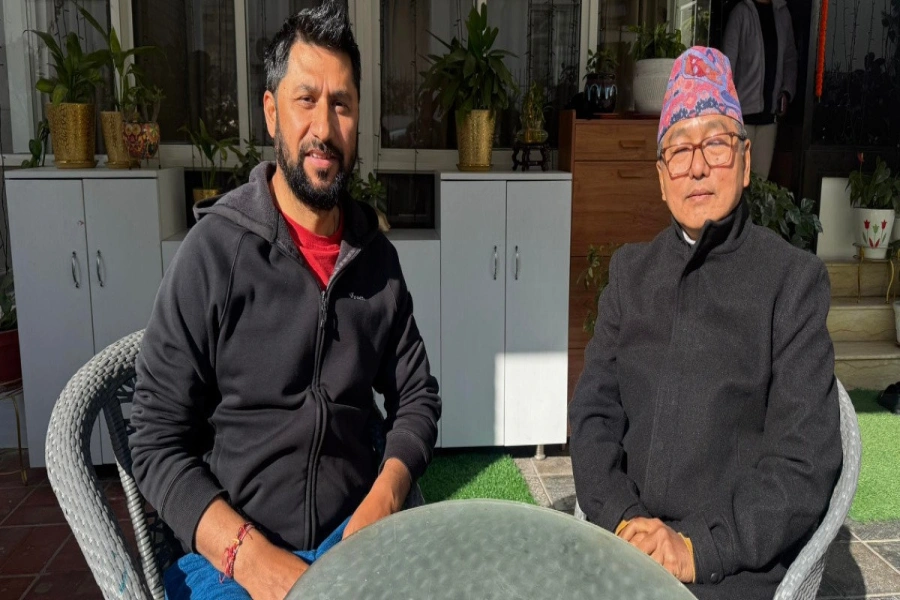Nepal’s social protection schemes have contributed to addressing vulnerabilities associated with different stages of life but access to social protection remains uneven and uncoordinated
Too many children born in Nepal are still unlikely to realize their full productive potential due to poverty, inequality of opportunities, social vulnerabilities, and increasingly frequent natural and economic shocks. These multiple challenges limit households’ capacity to adequately invest in their children’s development and to engage in productive jobs, therefore jeopardizing the country’s prospect to develop the critical human capital Nepal needs to ensure its economic growth. Nepal’s vision of a ‘Prosperous Nepal and Happy Nepali’ highlights the importance of making sure that economic growth supports policies which promote equality of opportunities. To fulfill this vision, the time is right for Nepal to adopt a systematic approach to social protection.
Nepal has come a long way
Nepal’s vision of a ‘Prosperous Nepal and Happy Nepali’ highlights the importance of making sure that economic growth supports policies which promote equality of opportunities. These opportunities include income support and increased access to basic services for all, starting with prenatal care and early childhood development. Nepal’s constitution establishes social protection as a fundamental right, reflecting its central role in the realization of Nepal’s development vision.
The country has made significant progress in this direction. Nepal allocates significant resources to social protection and social security—about four percent of its GDP. Today, nearly three million citizens in Nepal receive regular cash transfers to help them cope with adversity and shocks. At the heart of Nepal’s social protection system lie five Social Security Allowance programs which provide transfers to the elderly, persons with disabilities, widows and single women, endangered ethnicities and children under five.
The Child Grant, introduced in 2009 to support better nutrition for children under five years of age, has been continuously expanded across the country. This year the government of Nepal has made a commitment to continue with this expansion with the aim of reaching universal coverage.
Maoist lead in Kailali 2, leaving behind Nagarik Unmukti Party...
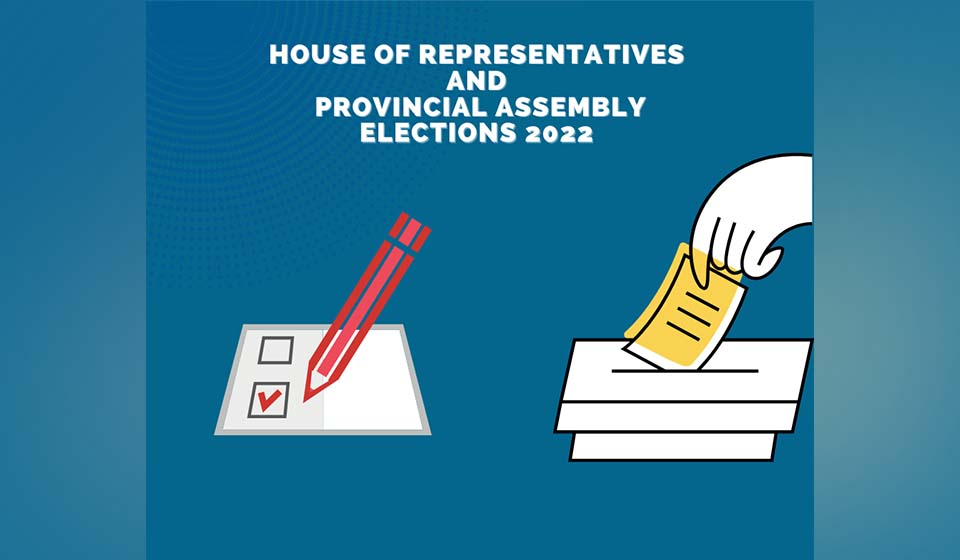
The government launched the Prime Minister Employment Program to promote employment and increase the productivity of workers. It has also set up the Social Security Fund for formal sector employees to contribute toward their old-age pensions, medical and maternity benefit, and accident insurance.
Nepal is also committed to making social protection schemes more flexible and adaptable as an efficient and rapid means of assisting communities affected by natural disasters to cope with these increasingly regular shocks.
Closing the gap
Although conditions have improved over the past years, many families in Nepal still struggle to feed and house their families, send their children to school and obtain the health care that they need. Disparities between groups are very large—geography plays an important role, as does ethnicity, gender and disability. Youth and low-skilled workers are struggling to find quality employment that can sustain their families. Nepal’s susceptibility to natural disasters further threatens the ability of poor and vulnerable households to invest in their children.
Nepal’s social protection schemes to date have contributed to addressing various vulnerabilities associated with the different stages of life. However, access to social protection remains uneven, uncoordinated, and some aspects deserve increased attention such as the need for more comprehensive social assistance programs to clearly focus on human capital investments of children and linking cash transfer to health and education services.
Furthermore, social protection programs need to play a greater role in promoting the economic inclusion of the poor and vulnerable, by ensuring youth and adult work force can access quality jobs and become more productive, through opportunities such as skilling or employment support. This is essential to sustained poverty reduction and to ensure households are better equipped to invest in their human capital.
Finally, for social protection to play a stronger role in disaster response and mitigation, programs need to be scalable in times of disasters, contingent funds need to be mobilized to ensure a timely response; households that are vulnerable to shocks need to be pre-identified; and programs need to develop community assets that increase resilience.
Moving forward
International experience shows that providing an integrated package of social protection policies and programs can help focus interventions around a common goal, strengthen synergies, minimize the duplication of efforts, optimize use of resources, and ensure better accountability. A central part of this integrated effort is the development of an integrated social registry and a common payment platform, which are linked to the national identification system. When used by all social protection programs, these central platforms can help ensure the inclusion of all those who are poor or vulnerable.
Nepal’s first International Social Protection Conference, held on September 18-19, brought together international and national experts to deliberate on options to enhance efficiency and impact of social protection in Nepal. The collaborative approach between the Ministry of Finance, the National Planning Commission and development partners, led to a set of key priority actions.
In particular, a pledge was made to build an integrated social registry to be used by all social protection programs to better target those in need. A pledge was also made to increase programs’ effectiveness by ensuring links to services and productive opportunities. Making social protection program design more flexible will also allow scalability for disaster response. Another priority area is the finalization of the national Social Protection framework to institutionalize these commitments, including the expansion of programs such as the Child Grant as key investments in the future of the country, and to reduce exclusion within the disability grants and to simplify procedures for applying and receiving the disability allowances. The final priority pledge is to assign one institution to manage the social registry, lead the formulation of social protection policies and coordinate across programs.
Development partners are committed to supporting Nepal in its ambitious social protection vision through technical assistance, capacity building, and investments in specific programs and systems. We pledge ourselves to helping the government of Nepal reach every poor, vulnerable and marginalized child and adult with the programs and policies that they need to prosper, manage shocks and reach their full potential.
To fulfill Nepal’s vision of a ‘Prosperous Nepal and Happy Nepali’ let’s work together on a social protection system that leaves no one behind.
Elke Wisch is UNICEF Representative to Nepal and Faris Hadad-Zervos is the World Bank Country Manager for Nepal.



